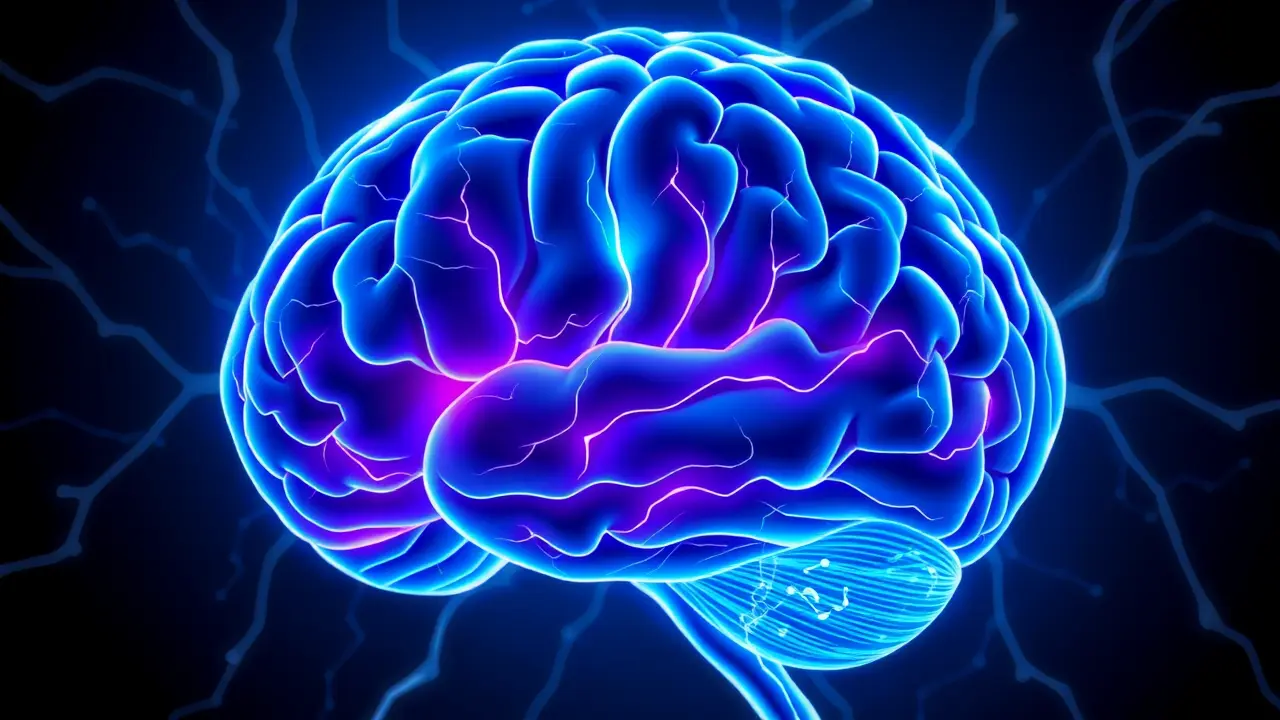
ScienceneuroscienceNeurodegenerative Diseases
Clearing brain plaques isn’t enough to heal Alzheimer’s
KE
Kevin White
2 hours ago7 min read
The recent findings from Japanese researchers on the Alzheimer's drug lecanemab deliver a sobering reality check to the neuropharmaceutical frontier, suggesting that the ambitious quest to reverse cognitive decline is far more complex than simply clearing the brain's pathological debris. While lecanemab has been celebrated for its efficacy in dismantling the stubborn amyloid plaques long considered the hallmark of Alzheimer's disease, the new study reveals a critical shortcoming: the drug fails to rejuvenate the brain's intrinsic waste clearance mechanism, known as the glymphatic system, in the short term.This is akin to unclogging a drain but finding the pipes themselves are still corroded and unable to function; the fundamental infrastructure for flushing out toxic proteins like tau remains impaired. This discovery implies that the cascade of neurodegeneration—where synaptic connections fray and neural pathways fall silent—begins with a dual assault of plaque accumulation and a breakdown in cellular housekeeping, events that appear to be locked in place early in the disease's insidious progression.The implications are profound, forcing a strategic pivot in therapeutic development. For decades, the 'amyloid hypothesis' has dominated, acting as a North Star for drug discovery, with billions invested in compounds designed to target and eliminate these sticky aggregates.The conditional approval of drugs like lecanemab and aducanumab represented monumental victories for this approach, yet their modest clinical benefits have always hinted at a more complicated narrative. This new research from Japan provides a mechanistic explanation for that limitation, underscoring that amyloid clearance alone is insufficient to restore the intricate ballet of neural function.It posits that by the time a diagnosis is made, the brain's self-cleaning apparatus may already be critically damaged, creating a physiological environment where toxins continue to accumulate even after the primary amyloid invaders are removed. This is where the future of biotech must venture—into combination therapies that are as multifaceted as the disease itself.Imagine a treatment regimen that pairs an amyloid-busting agent with a neuroprotective compound designed to repair the glymphatic system's plumbing, perhaps by targeting the pulsations of arterial walls that drive cerebrospinal fluid flow during sleep. Furthermore, we must consider the role of neuroinflammation, where the brain's immune cells, once guardians, become arsonists, perpetuating a cycle of damage that no plaque-clearing drug can quell.The work echoes lessons from other complex diseases like cancer, where combination therapies targeting multiple pathways simultaneously have yielded the greatest successes. The path forward is not to abandon amyloid-targeting but to augment it, integrating interventions that protect neuronal health, enhance metabolic support, and ultimately rewire resilience back into a brain under siege.This isn't just a treatment challenge; it's a diagnostic one. The real breakthrough may lie in identifying these clearance failures and inflammatory signatures decades before symptoms manifest, allowing for preemptive strikes that preserve the brain's functional architecture. The Japanese study, therefore, is not a failure but a crucial waypoint, redirecting the entire field from a singular, monolithic target towards a systems-level understanding of the brain in distress, demanding a therapeutic symphony where we have so far only been playing a solo.
#lead focus news
#Alzheimer's disease
#lecanemab
#amyloid plaques
#brain waste clearance
#neurodegeneration
#treatment research
Stay Informed. Act Smarter.
Get weekly highlights, major headlines, and expert insights — then put your knowledge to work in our live prediction markets.
Related News
© 2025 Outpoll Service LTD. All rights reserved.
